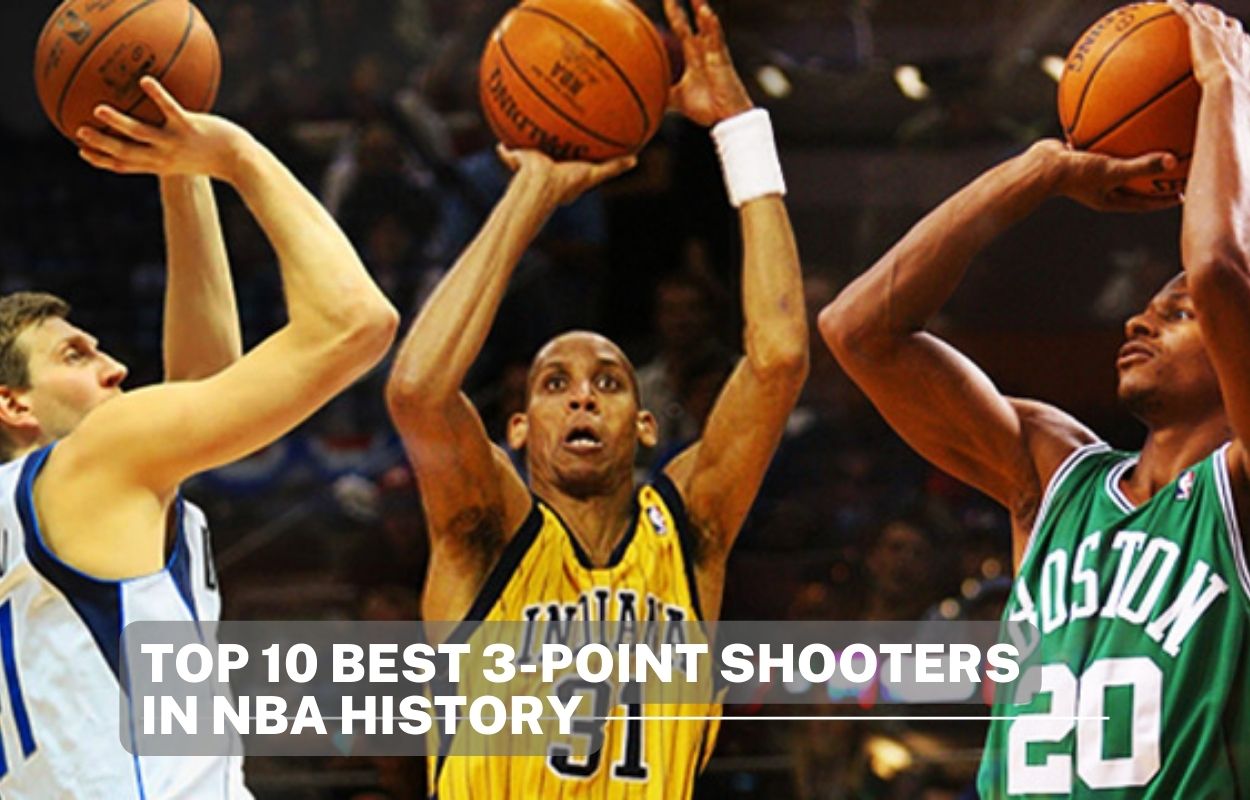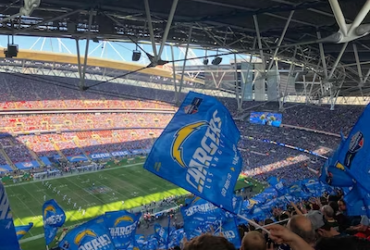The NBA is in the grip of a three-point revolution.
The league attempted only 3.1 percent of its shots from downtown in the first season that line was on the floor (1979-80). Ten years ago, the figure was 22.2 percent. It climbed all the way to 35.9 percent this season.
Teams and individual players have realized the importance of the three-ball and are putting up more of them each year. So, as we move forward in this new era of basketball, let’s take a look back at who the game’s best three-point shooters have been up to this point.
Something more than a simple three-point percentage was required to determine the top ten. As the shot gained popularity, players improved their skills, and we must account for increased effectiveness over time.
Adam Fromal of Bleacher Report and NBA Math devised the following formula: Subtract the league-average points per three-pointer during the relevant time period from the player’s points per shot on three-point attempts. Then multiply the result by the number of attempts.
A player gets 1.35 points per attempt if he shoots 45 percent on 100 three-point attempts. Assume that the league average is 35%, or 1.05 points per attempt. The shooter averages 0.3 points higher per attempt. Multiply that by 100 attempts to get 30 points above average.
Glen Rice
Three-Point Attempts: 3,896 (40th)
Three-Point Percentage: 40.0 (41st)
Points Above Average from Three: 598.7
Glen Rice was a marksman for six different teams during his career. During his three seasons with the Charlotte Hornets, he made 44.4 percent of his three-point attempts. In 1996-97, he led the league with a 47.0 percent mark.
Rice was a forerunner. During his career, he attempted 15.1 percent of his shots from three-point range. That figure was 26.2 percent for Rice. Even so, some of today’s shooters are far superior.
“Like I said earlier, when I was playing, we thought shooting six three-pointers as an individual [per] game was too many threes,” he told NBA.com’s Gilbert McGregor in March. “The chance to go out there and maybe shoot 15 three-pointers per game?” If I wasn’t averaging 30 points per game, I’d really hurt myself. It would be a fantastic time.”
A fun aspect of the three-point revolution is imagining shooters from previous eras playing today. Rice would almost certainly be shooting more threes now. And, despite being a three-time All-Star, he may have had even more value in today’s game.
Mike Miller
Three-Point Attempts: 3,910 (38th)
Three-Point Percentage: 40.7 (21st)
Points Above Average from Three: 599
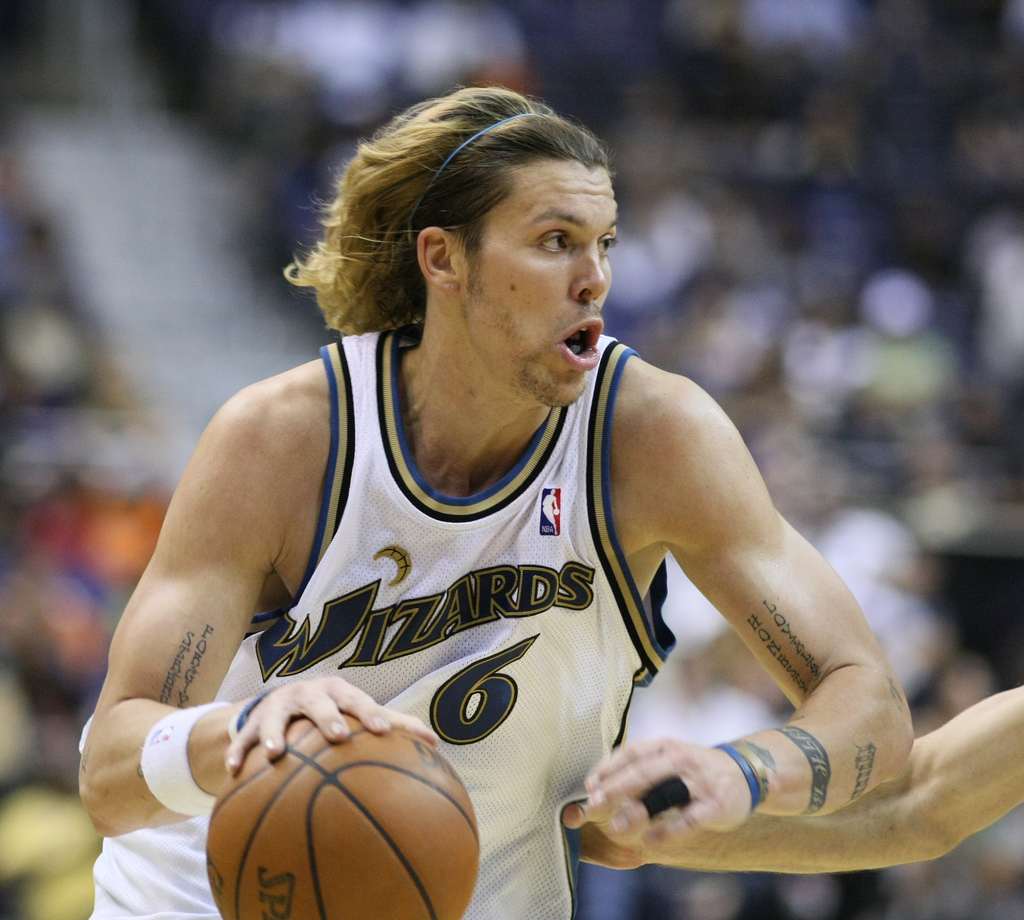
Mike Miller never led the league in three-point percentage, attempts, or makes, but he did have nine seasons with at least 100 attempts and a three-point percentage of 40% or higher. Only Steve Nash (13), Kyle Korver (11), Stephen Curry (10) and Reggie Miller (10) have a higher total.
Miller was simply consistent throughout his career. You could count on his consistent outside shooting whether he played starter minutes (like the 32.4 per game he averaged over his first ten years) or as a reserve.
He won two rings with the Miami Heat in the latter stages of his career. Later, The Athletic’s Shandel Richardson named him to a Heat All-Decade team.
“Like [Shane] Battier, Miller was a versatile player who could defend multiple positions and hit a big shot in crunch time,” Richardson wrote. “His 3-pointer while missing a shoe in Game 6 against the Spurs is the series’ most underappreciated moment.”
JJ Redick
Three-Point Attempts: 4,129 (29th)
Three-Point Percentage: 41.3 (15th)
Points Above Average from Three: 689.5
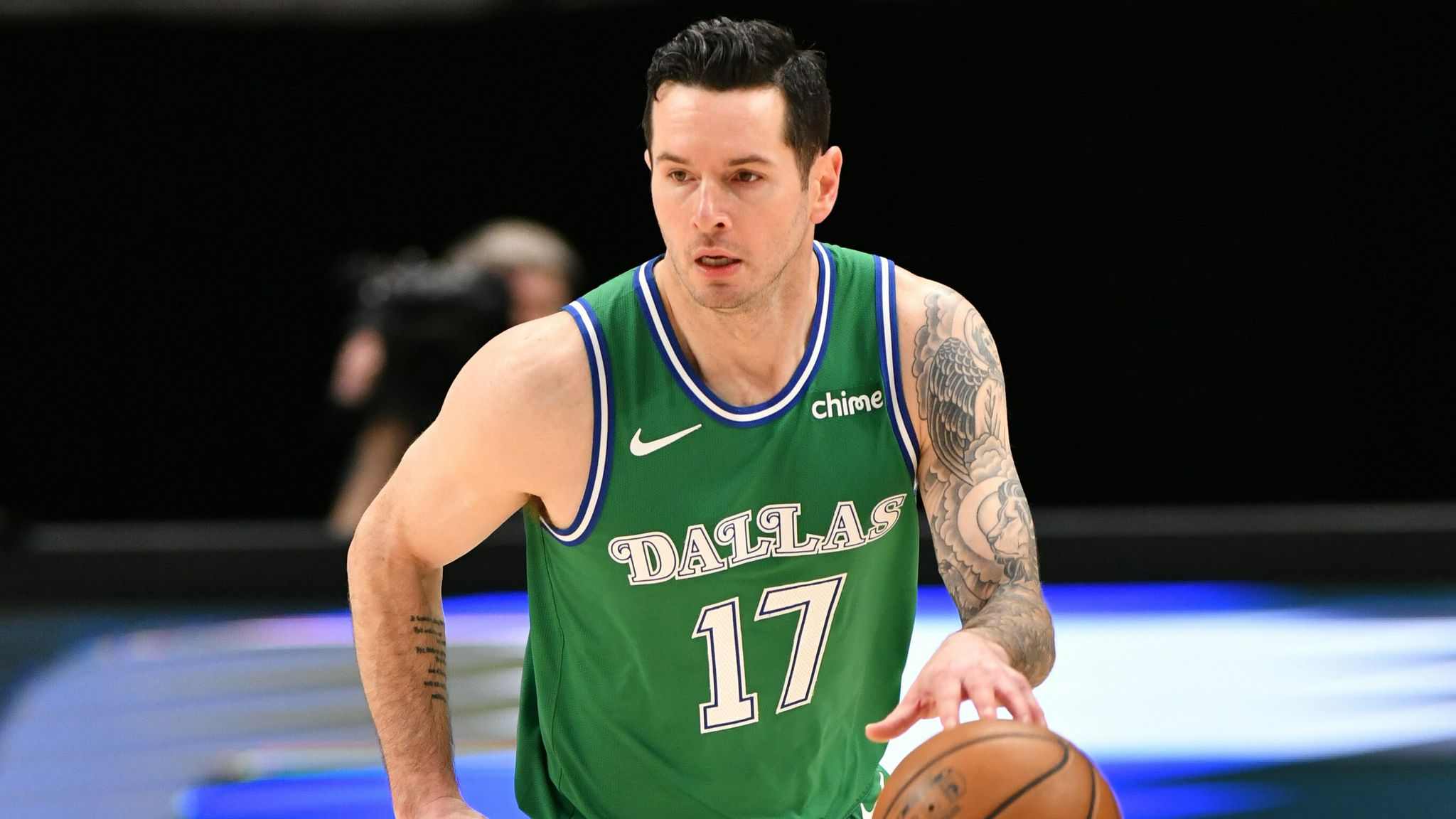
JJ Redick took some time to find his NBA footing. But since then, he’s become one of the NBA’s most dangerous floor-spacers.
In his first three seasons, Redick averaged 5.5 points per game and shot 38.1 percent from deep. In the ten years since, he’s averaged 14.4 points per game and shot 41.5 percent from three-point range. And yet, in Year 13, he averaged a career-high 18.1 points.
That accomplishment came with the Philadelphia 76ers, but he may be remembered most for his time with the Los Angeles Clippers during the Lob City era. “Redick was the perfect complement to [Chris] Paul, [Blake] Griffin, and [DeAndre] Jordan: a floor-spacer with the gravity and endurance (few players move around as much as him) to open up the middle of the floor and ignite weak-side actions,” The Athletic’s Jovan Buha wrote. Doc Rivers devised a unique set of floppy actions for him, marking the first time a coach truly capitalised on Redick’s abilities.”
Finding a coach who “maximised” Redick came a little late, but it also extended his career. Now in his 14th season, he’ll look to provide similar spacing for a young New Orleans Pelicans team.
Dale Ellis
Three-Point Attempts: 4,266 (23rd)
Three-Point Percentage: 40.3 (28th)
Points Above Average from Three: 795.5
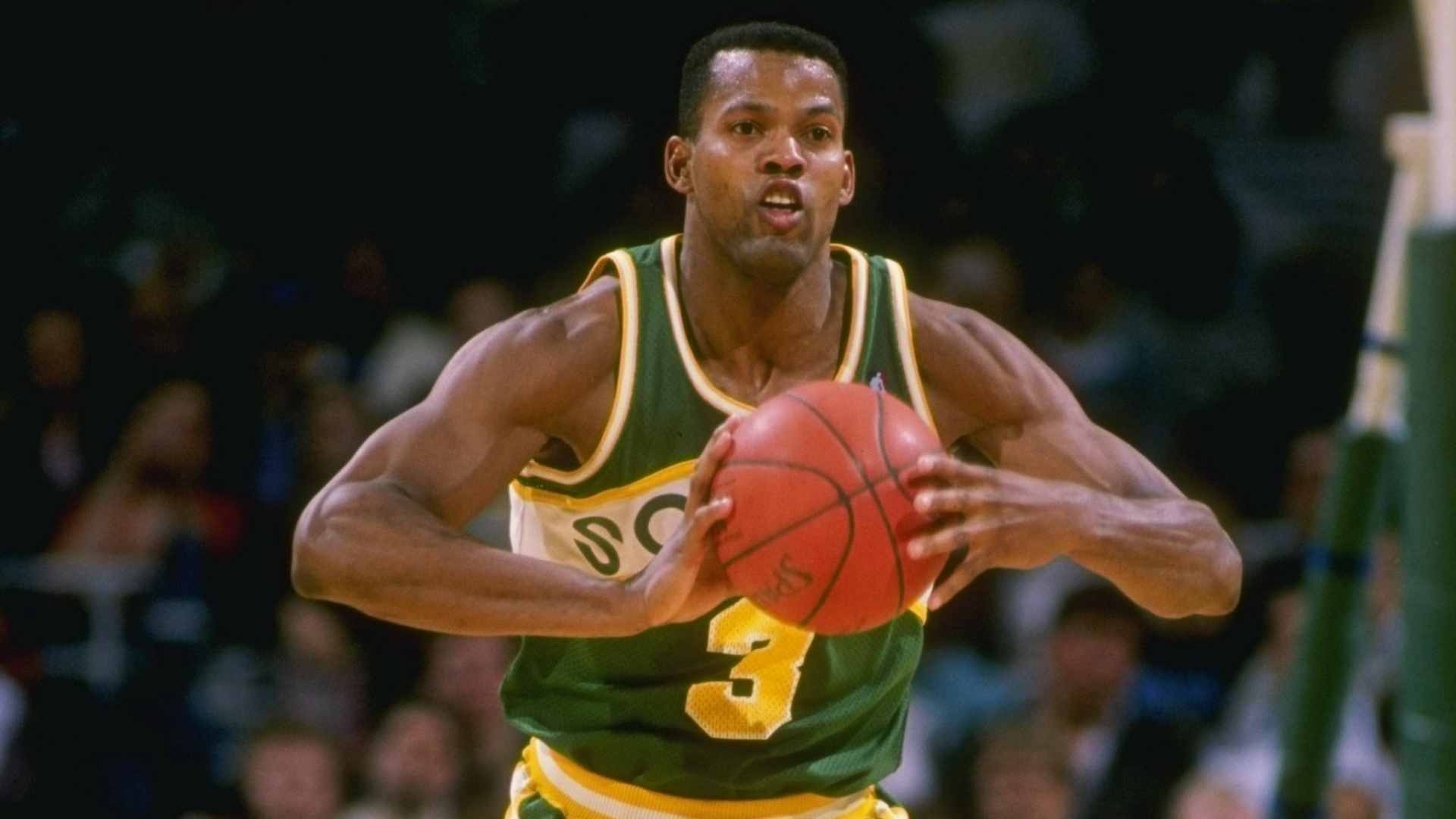
It will be interesting to see if he still feels this way after eight years. But, in 2011, Dale Ellis declared to Boston.com’s Gary Washburn, “I’m the best shooter of all time.” I knew that right away. I established the standard. I gave them a goal to aim for. I was the first player in NBA history to hit 1,000 3-pointers. To be able to play at that level, you must have that self-esteem. You can call it arrogant, cocky, or whatever you want. You won’t be able to compete without it. You will not be able to excel unless you have that level of confidence.”
Ellis is unquestionably one of those players who has pushed the boundaries of what is acceptable from a three-point shooter. Over the last seven seasons, he attempted 40.7 percent of his shots from downtown.
That’s a rate that’s right at home in 2019.
Read More:
- The Greatest Canadian Athletes of All Time
- Team Usa and England Will Meet at World Cup 2022
- Fan Tokens (FTs): How it Shaping the Global Sports Industry
- Jordan Hicks Wasn’t Surprised By Cardinals Release
Klay Thompson
Three-Point Attempts: 4,291 (21st)
Three-Point Percentage: 41.9 (11th)
Points Above Average from Three: 810
Klay Thompson has eight NBA seasons under his belt. He’s been over 40% from three of the eight. His rookie season is the only one in which he made fewer than 200 triples.
And the numbers aren’t even the most impressive aspect of Klay’s résumé. Few, if any, jumpers have ever surpassed this one in terms of aesthetics.
“From a technical standpoint, Klay Thompson’s jump shot is as close to perfect as it gets,” wrote Dylan Murphy of Bleacher Report.
Every time, it’s about the same. Thompson’s catch-and-release form is as consistent as it gets, whether he’s coming off a screen from the corner, running an elevator cut from the paint, dribbling into a three, or finishing off any other kind of action. His shoulders are square, his right elbow is at or near 90 degrees, and his follow-through is flawless.
And when he gets into a zone, few things in basketball history can compare. In fact, his 37-point quarter was and continues to be unprecedented.
In those moments, this Splash Brother appears to be a machine designed specifically for jumping.
Steve Nash
Three-Point Attempts: 3,939 (35th)
Three-Point Percentage: 42.8 (Seventh)
Points Above Average from Three: 855.2
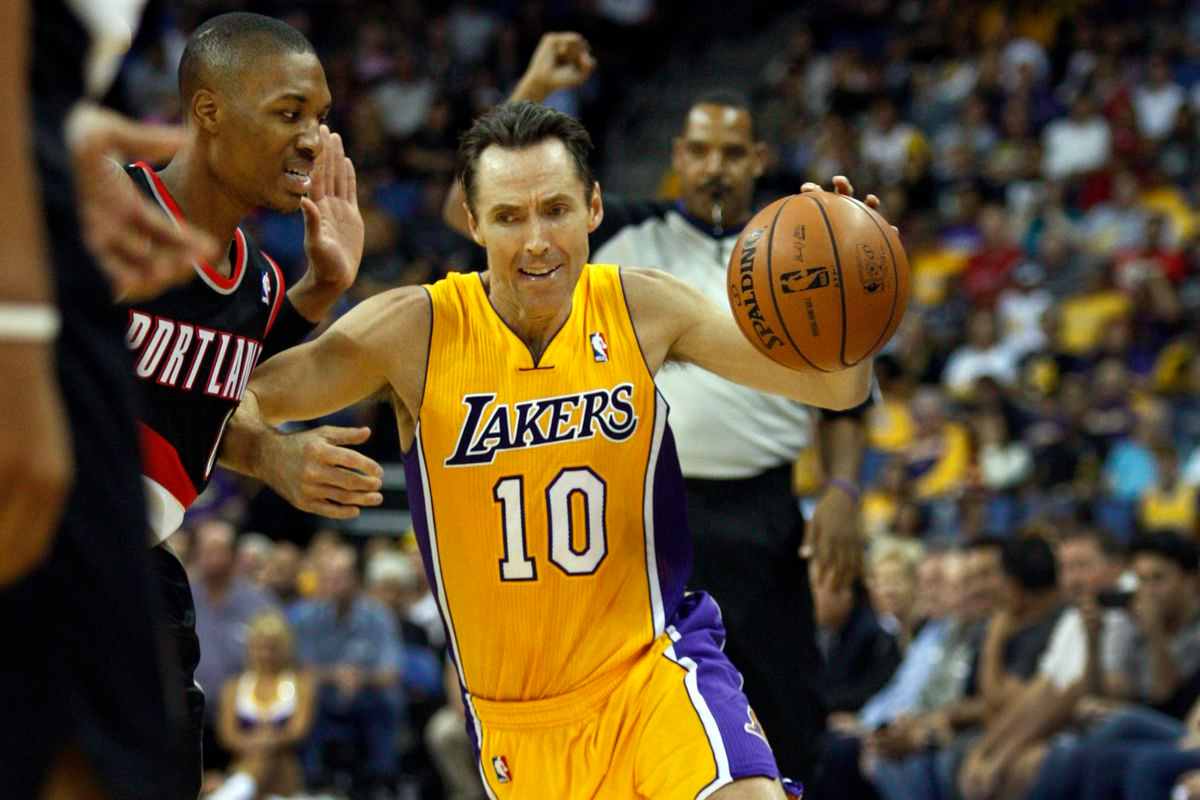
Remember Mike Miller’s accomplishment mentioned earlier? Nine seasons with 100-plus three-point attempts and a three-point percentage of 40% or higher?
Nobody has more than Steve Nash, who finished 13 seasons with those lofty numbers.
Nash will be remembered for his flashy passing, particularly during his back-to-back MVP seasons with the Phoenix Suns, but his lights-out shooting was a key component of his offensive dominance.
And, despite the fact that he hasn’t been retired for long, he’s another player worth keeping an eye on in 2019.
“I screwed that up without a doubt,” Houston Rockets head coach Mike D’Antoni said last May when asked by ESPN’s Tim MacMahon why he didn’t have Nash shoot more during their time together with the Suns. “Nash was a zealot. Steve is a point guard in the Hall of Fame. He was astonishingly good. I just think he could have averaged 30 points for us instead of 15 or 16 for us. He was that good of a shooter, and I don’t believe it would have harmed the team.”
Nash was known for being a selfless player. His career field-goal attempt average (10.6) was not much higher than his career assist average (10.6). (8.5). That doesn’t even take into account assist opportunities squandered due to teammates missing shots.
Nash would have finished higher on this list if he had pursued his own looks a little more throughout his career.
Reggie Miller
Three-Point Attempts: 6,486 (Second)
Three-Point Percentage: 39.5 (46th)
Points Above Average from Three: 915.4
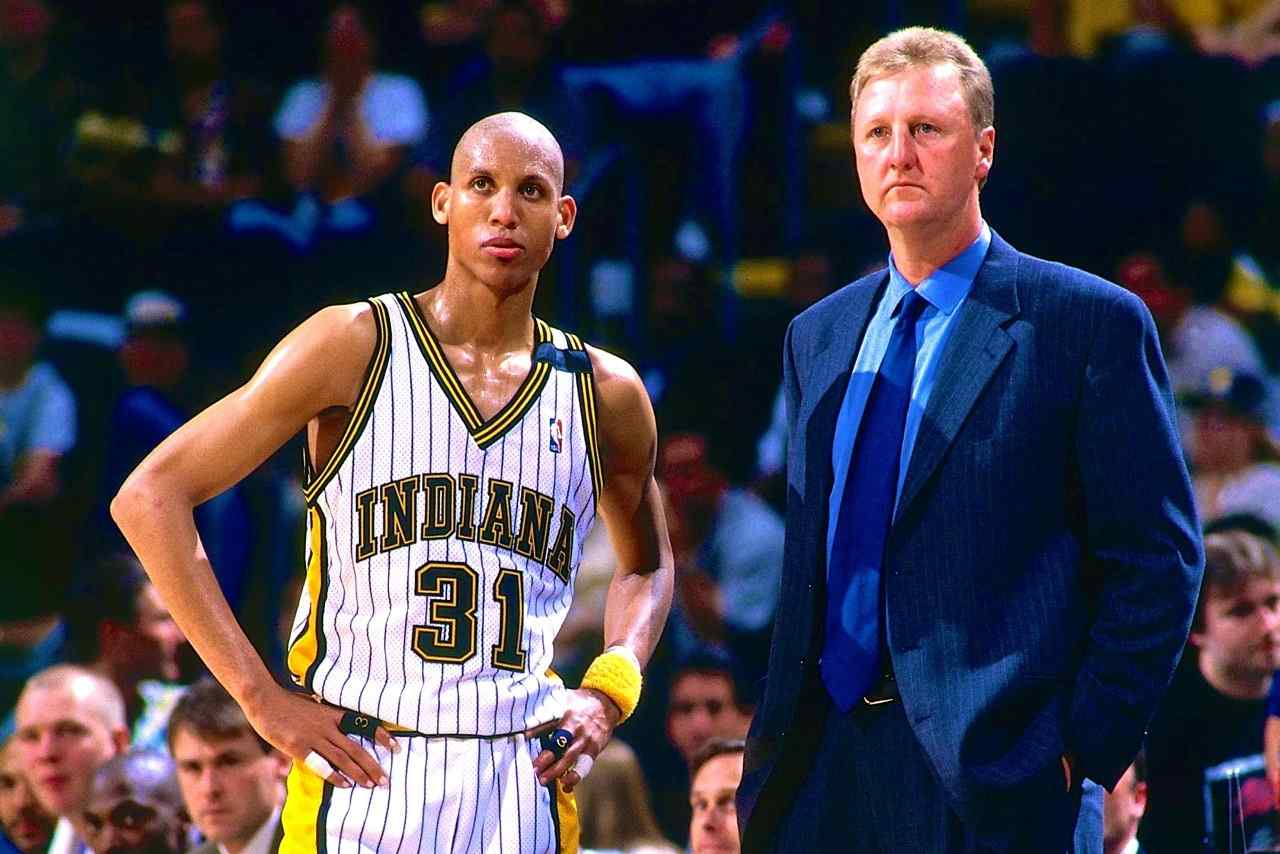
Few shooters in NBA history have approached the game with the confidence and bravado that Reggie Miller did. Miller’s three-point attempt rate was 37.1 in an era when 14.5 percent of shot attempts were threes.
His jump shot lacked the picturesque beauty we’ve come to expect from other players in these debates. His guide hand flew to the side of his lead hand. He was frequently unbalanced. However, disputing the results was impossible. He’s an example of how repetition is more important than form.
“I know a lot has been said about me being a great shooter, one of the best,” Ray Allen said during his Hall of Fame acceptance speech. “But I know this person who is presenting me tonight, Reggie Miller, is the best shooter I’ve ever seen.”
Few moments in his career exemplified his ability and the aforementioned confidence more than the legendary eight points in nine seconds.
Ray Allen
Three-Point Attempts: 7,429 (First)
Three-Point Percentage: 40.0 (38th)
Points Above Average from Three: 988.9
Ray Allen was regarded as a standard-bearer for outside shooting for much of the 1990s, 2000s, and 2010s.
During his first four seasons with the Milwaukee Bucks, he averaged 18.1 points per game and shot 38.8 percent from deep. For the 2006-07 Seattle SuperSonics, he averaged 26.4 points per game, then moved to a smaller role for the title-winning Boston Celtics before hitting one of the game’s most famous shots for the 2012-13 Miami Heat.
With the fourth quarter of Game 6 of the 2013 Finals winding down, Miami was as close to done as a Finals team can get. After Chris Bosh grabbed an offensive rebound, Allen drove to the corner, caught a pass from the big man, and sank a game-tying triple with his hand in his face. The Heat would go on to defeat the San Antonio Spurs in the series.
Allen was much more than a shooter, but it is for that ability and the moments it provided that he will be remembered.
His shot, like Thompson’s, will be featured in instructional videos for years to come. His feet, elbow, follow-through, and elevation were all perfectly timed.
Kyle Korver
Three-Point Attempts: 5,478 (11th)
Three-Point Percentage: 42.9 (Sixth)
Points Above Average from Three: 1,185.8
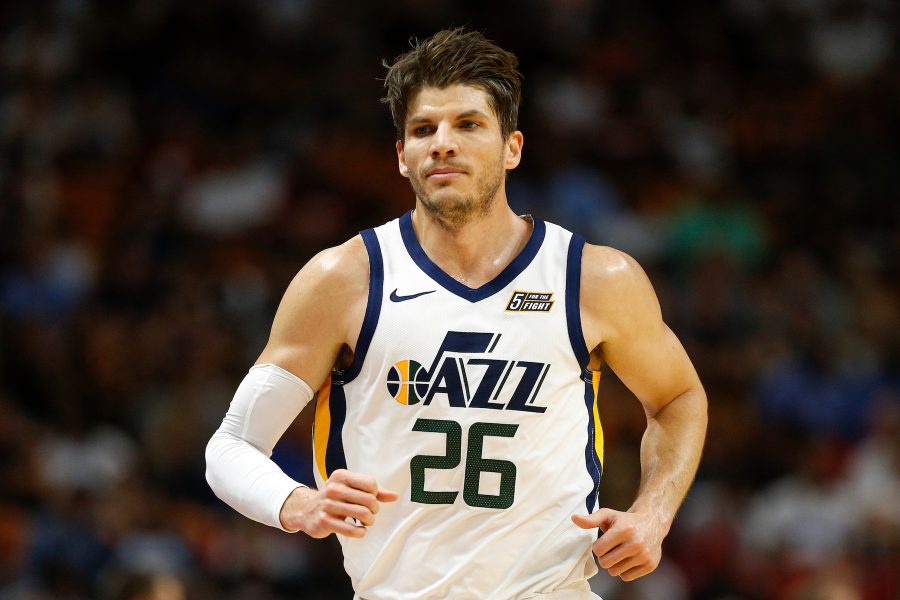
It’s not surprising that Kyle Korver finished second. The distance between him and Allen may require a double-take.
Perhaps the slow and steady approach will win the race.
Korver has only played one season in which he averaged more than ten shot attempts per game. But he’s been among the league leaders in three-point percentage for the past 16 years, and he makes the most of his limited opportunities.
Throughout his career, 61 percent of his shots have been three-pointers. He led the league in three-point percentage four times, including in 2009-10 for the Utah Jazz, when he shot 53.6 percent from deep.
Korver’s teams have always been comfortably better with him on the floor due to the ever-present threat of him hitting a dagger from outside. During that time, his teams have averaged a minus-0.3 net rating when he’s not on the court and a plus-3.5 net rating when he is (a swing of plus-3.8). For the Atlanta Hawks alone, that swing was plus-13.7 points per 100 possessions in 2014-15.
“Korver is the team’s scariest weapon,” Kirk Goldsberry of Grantland wrote of the Hawks that season.
A player who averaged only eight shots per game was legitimately referred to as his team’s “scariest weapon.” That is the kind of influence a great three-point shooter can have.
Stephen Curry
Three-Point Attempts: 5,690 (Eighth)
Three-Point Percentage: 43.6 (Third)
Points Above Average from Three: 1,365.6
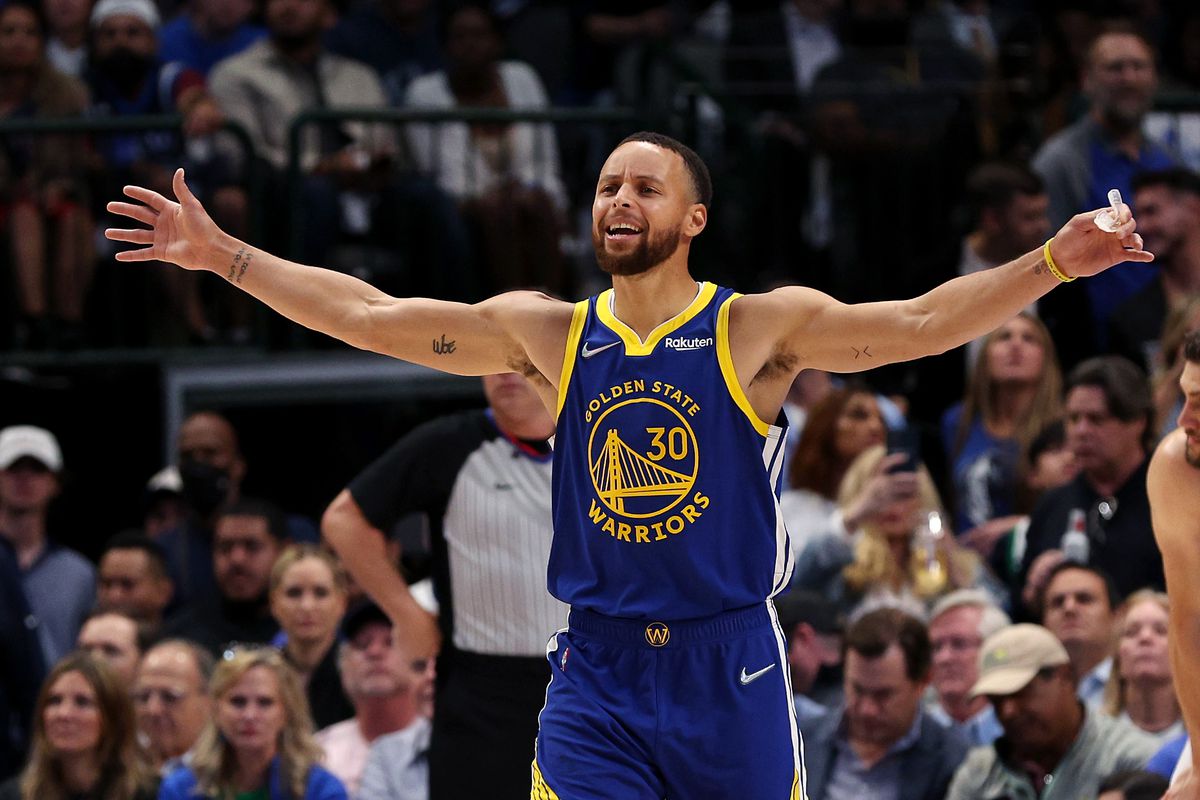
You’re not surprised, are you? No one in NBA history has combined volume and efficiency as effectively as Stephen Curry. However, it’s still remarkable that he has such a large lead on the field with so much time left in his career.
Again, this exercise takes no account of the degree of difficulty. Curry routinely takes shots that the other players on this list may never have imagined taking during their playing careers.
Curry, like Julius Erving, Dirk Nowitzki, and LeBron James before him, has altered the game. “No player in NBA history has combined range, volume, and efficiency from downtown as well as Curry, and over the course of the Warriors’ dynasty, he has changed the way the entire league looks at 3-point scoring,” ESPN’s Kirk Goldsberry explained. Curry’s jumper is so lethal that he has become the most efficient volume scorer on the planet, with the highest true shooting percentage among the league’s top 20 scorers. Not even Giannis Antetokounmpo, who does nothing but dunk. Prior to this decade, 3-point shooting was primarily the domain of role players or the occasional sharpshooting All-Star like Allen and Miller. But now, as Curry demonstrated, shooting is everything, as the 3-pointer can be the dominant shot of the league’s most dominant scorers.”
That earlier mentioned three-point revolution? Curry is the country’s George Washington.
And, as the greatest shooter of all time, he’s beginning to force his way into the discussion of the greatest players of all time.
